The Real Cost of Repetitive Work
Repetitive manual tasks silently eat into productivity across every department. Whether it’s downloading attachments, manually entering data into systems, or managing multistep approvals, these tasks cost time, energy, and focus. According to a McKinsey Global Institute study, more than 30% of business processes can be fully or partially automated with existing technology.
That’s where Microsoft Power Automate steps in.
Power Automate is Microsoft’s low-code automation platform that helps businesses create workflows between apps and services to synchronize files, collect data, send notifications, and more. It integrates seamlessly with the Microsoft ecosystem (Outlook, SharePoint, Teams, Excel, OneDrive) and over 900+ third-party apps. It plays a vital role in Power Automate business automation, addressing challenges companies face due to redundant, human-dependent workflows.
In this blog, we explore how Power Automate use cases simplify operations, save hours each week, and why they’re becoming a core part of modern digital transformation initiatives. We’ll also walk you through a real-world Microsoft Power Automate Workflow implemented by Ariel Software Solutions that eliminated hours of manual labor for one of our clients.
What Is Microsoft Power Automate?
Power Automate (formerly Microsoft Flow) is part of the Microsoft Power Platform. It allows users, technical and non-technical alike, to automate business processes using a drag-and-drop interface with logic-based building blocks called “flows.”
There are several types of flows within Microsoft Power Automate Workflow, each tailored to different scenarios. Automated flows are triggered by events like receiving an email, while instant flows can be launched manually through the click of a button. Scheduled flows execute at fixed intervals, ideal for tasks like daily report generation. Business process flows provide step-by-step guidance to users within Dynamics 365, and desktop flows use Robotic Process Automation (RPA) to automate interactions with legacy systems.
This flexibility makes Power Automate business automation practical, not only for enterprise-wide rollouts but also for small team-specific improvements. Whether you’re automating cloud-based services like Microsoft Teams and Salesforce or legacy tools, you can design flows that suit your exact needs.
To explore how Microsoft Power Platform integrates with other low-code tools like Power Apps, check out our in-depth guide: “Unifying Data and Workflow Automation: A Deep Dive into Microsoft Power Platform”. It explains how Power Automate connects seamlessly with Power BI and Power Apps to deliver end-to-end automation and actionable insights.
Why Automating Manual Workflows Matters
Manual tasks, though simple in isolation, can be a significant drain on efficiency when scaled across a business. For example, something as routine as downloading and organizing email attachments might take 10–15 minutes per instance. Now imagine this repeated dozens of times each day across multiple departments. It’s easy to see how valuable hours are lost on low-value tasks.
Beyond time, manual work is prone to errors. Employees may forget steps, misfile documents, or introduce inconsistencies in data entry. These small mistakes can snowball, leading to compliance issues, poor customer experience, or operational delays.
With Microsoft Power Automate Workflow, organizations can build intelligent flows that reduce reliance on human input, ensure data consistency, and respond instantly to triggers. These types of Power Automate use cases enhance accuracy, compliance, and morale while saving time.
Real-World Use Case: Automating Resume Collection for HR
Let’s take a closer look at how Ariel Software Solutions helped a client streamline a time-consuming HR workflow, one of the many practical Power Automate use cases that show the tool’s real-world value.
The Problem:
A mid-sized professional services firm was facing inefficiencies in how it handled incoming job applications. Every resume sent via email had to be manually downloaded, renamed, categorized, and stored. On top of that, the HR team had to maintain a tracker in Excel to record applicant details.
This seemingly straightforward task consumed multiple hours per day. Worse, it left room for human error; resumes were sometimes misfiled, lost, or never recorded in the tracker, affecting both candidate experience and internal reporting.
The Solution:
We implemented a Microsoft Power Automate Workflow, integrated with Outlook, OneDrive, and Excel. The workflow was designed to:
- Monitor the HR inbox and detect emails with resumes attached.
- Download and rename the attachment based on applicant’s details found in the email.
- Store the resume in a centralized OneDrive folder, organized by role or department.
- Extract metadata, like the applicant’s name and email, and log it directly into the HR tracker.
This Power Automate business automation now runs in the background. By the time the HR team starts their day, all resumes are sorted, tracked, and ready for review.
The Result:
The client reported saving over 12 hours per week. What was once a tedious bottleneck became a seamless operation, just one of many measurable Power Automate use cases transforming businesses.
Broader Business Impact: Use Cases Beyond HR
While the resume workflow solved a clear pain point, Microsoft Power Automate Workflow brings automation to almost every business function:
- Finance & Accounting
From invoice approvals to automated reconciliation, Power Automate use cases in finance lead to reduced closing times and greater compliance. Flows can route tasks, send reminders, and sync records without human input.
- Sales & CRM
Automation of lead assignment, follow-ups, and CRM updates helps sales teams act faster and smarter. This form of Power Automate business automation improves pipeline visibility and reduces administrative drag.
- IT & Operations
IT teams leverage Power Automate use cases to manage support tickets, alerts, and service requests. A flow can log tickets, assign them, and escalate based on keywords, boosting response times and efficiency.
- Marketing & Content Teams
Campaigns run smoothly with Power Automate business automation. From scheduling social posts to updating asset libraries, teams spend less time on coordination and more on creativity.
Want to dive deeper into how low-code apps work alongside automation flows? Our blog post “Power Apps: The Ultimate Solution for Fast, Custom Business Applications Without Lengthy Development Cycles!” walks through real-world Power Platform scenarios where Power Apps and Power Automate work hand in hand to build agile, tailored business solutions.
How Ariel Implements Automation Solutions
At Ariel Software Solutions, we don’t just deploy a Microsoft Power Automate Workflow and walk away. We map your full process, identify bottlenecks, and design intelligent automations that fit your business logic.
We ensure every implementation supports scaling and security needs. From employee onboarding to finance approvals, our team creates custom solutions tailored to your goals.
Automation success isn’t just about tech; it’s about strategy. That’s why we collaborate closely, provide training, and support long-term success with every Power Automate business automation rollout.
Curious how automation ties into the wider Microsoft ecosystem? Our blog “How .NET Powers Modern Microsoft Technologies and Drives Scalable Solutions” offers a behind-the-scenes look at how .NET forms the backbone for scalable, automated, and secure digital infrastructures—especially in combination with tools like Power Automate and Azure.
Conclusion

Automation is no longer a luxury; it’s a necessity for businesses that want to scale efficiently and sustainably. Power Automate use cases prove that automation can transform how work is done across every department.
Whether it’s building a Microsoft Power Automate Workflow for HR or streamlining data operations in IT, these solutions remove friction, cut costs, and enhance the employee experience.
At Ariel Software Solutions, we specialize in Power Automate business automation. Ready to cut down on manual work and create more value with less effort? Book a consultation today, and let’s automate what matters most.
FAQs: What You Need to Know About Power Automate
1. Do I need coding experience to use Power Automate?
No. It’s designed for low-code users. Most Microsoft Power Automate Workflow solutions can be built using its drag-and-drop tools.
2. Can it connect to apps outside of Microsoft 365?
Yes. One of the biggest advantages of the top Power Automate use cases is its 900+ app connectors, including Google Workspace, Salesforce, and Slack.
3. Is it secure for business-critical data?
Absolutely. Power Automate business automation follows Microsoft’s security standards like GDPR, HIPAA, and ISO compliance.
4. What happens if a flow fails?
Power Automate supports built-in error handling. You can monitor flow runs, troubleshoot issues, and set up alerts.
5. Can I automate desktop applications too?
Yes. Power Automate Desktop enables automation for legacy tools, expanding the scope of your Microsoft Power Automate Workflow strategy even further.




